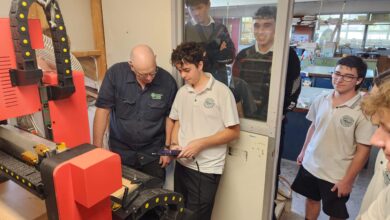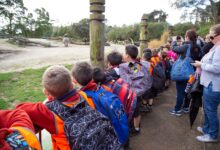EdTech solutions bloom in 2022
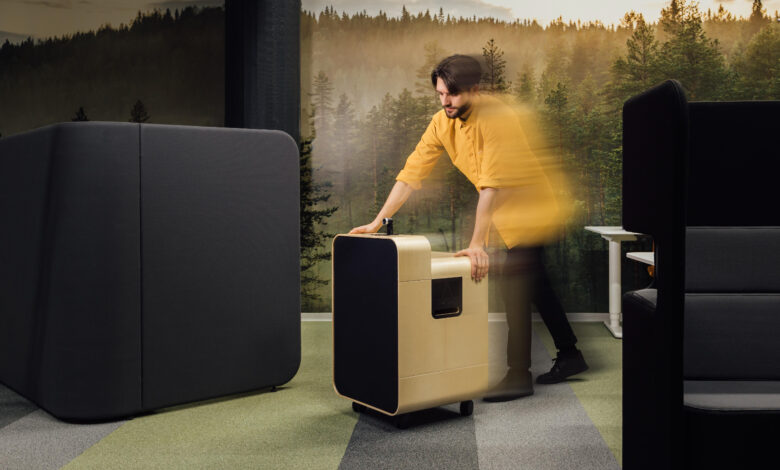
Educational technology (EdTech) is designed to foster improved student participation and teamwork in the classroom.
It has swiftly become a booming industry since the pandemic began and various technologies stepped up to support different learning styles through lockdowns, presenting partial solutions to the digital learning divide across Aotearoa.
In 2020, $173.5 million was spent on education software alone in NZ and this figure is set to rise to almost $320 million by 2025, according to a 2021 study.
It can enable students to grasp concepts, create, organise, share in a flash, often speeding up the process of learning and the pace of collaboration. From touch tables and touchscreen teaching stations to interactive projectors and whiteboards, classroom technologies are shifting into a sphere we may have seen on futuristic film and TV as kids.
Tech and Identity
How technology can be used to empower learners, educators as well as reinforce identity is a question very relevant to the now.
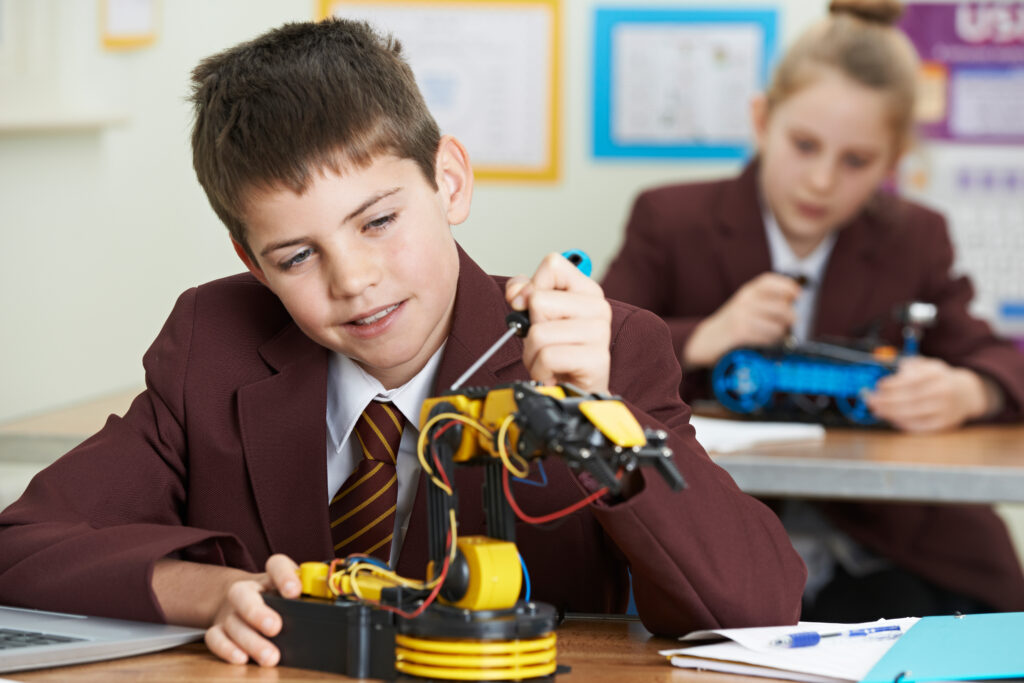
Using Kiwi innovation, companies are changing the way we distribute and consume education, bringing kaiako and akonga closer together through digital learning and experiences. The EdTech sector is constantly evolving with new companies bringing different innovative offerings to the collective table.
The Education Technology Association of New Zealand (EdTechNZ) is the voice of EdTech in New Zealand, supporting the growth of the sector. The not-for-profit’s 2021 report, Aotearoa EdTech Excellence: Transforming educational experiences, digital innovation and economic outcomes, explores how educational technology will enhance lives and Kiwi identities and suggests a set of key goals.
The first is a National EdTech Strategy developed by government and industry. Another is to “improve access to, and content of, Professional Learning and Development (PLD) to support educators to more seamlessly integrate digital tools into the classroom to improve learning outcomes.”
That is, more funding and more options. Another is making digital learning “equally available to all learners and educators through better access to digital equipment, networks, tools, skills, and training”. Here, it is advised that the EdTech sector play a role in supporting digital equity and government funding for basic digital equipment and internet access.
“Young learners around the world will be learning English on New Zealand made apps and platforms and participating in New Zealand te ao Māori experiences such as indigenous coding camps in Papua New Guinea and Japan,” said Education NZ CEO Grant McPherson.
“These early experiences with New Zealand Education technologies will lay a foundation for later engagement and study with New Zealand.”
As we navigate our next steps, as educators and as a nation, we have an opportunity to shape a more connected future both within our classrooms and outside of them.
EdTech Speaks Out: Sector Viewpoints
Are we designing schools that are capable of effective information sharing? School News asked Managing Director John Duffin from supplier of EdTech to schools, Perché Limited. He revealed:
“The education sector is familiar with the notion of designing spaces specifically for information sharing. For instance, when designing school buildings, architects must be able to identify the spatial solutions that support pedagogical objectives. As knowledge sharing is the main function of these spaces, traditionally one of the key challenges facing designers has been how to successfully integrate AV-technology into the building structures and rooms.
However, with the increasingly adaptable and flexible use of these spaces becoming more important than ever before, fixed AV solutions are becoming a hindrance or straight out obsolete.
“New demands have been placed on AV solutions to enable hybrid education as information is now shared and accessed instantly and in a myriad of ways.
“Consequently, movable AV-technology is a viable and tempting alternative that frees designers from the time-consuming process and constrictions-in-design caused by installation and cable planning. Movable AV solutions and products have the added benefit of increasing the utilisation rates of individual spaces.
“For instance, presentations and AV dependent lessons are no longer limited to a single room or space; instead, movable AV-technology can transform any space into an efficient learning environment with up-to-date and simple data sharing and teleconferencing capabilities.
“However, these movable AV products should be flexible and cost effective as well as upgradable for use in the education sector. This obviously is a tall order and sets new and stringent requirements for this new-gen AV-technology.
“To ensure the usability of new tech, it must also be easy-to-use, and its appeal should not be limited to the innovators or early adopters, but rather something that can be integrated into daily use by all adopter categories. Also, when dealing with divergent interfaces, new technology must support any device without additional software installation or troublesome docking stations.”
Offering his prediction for the future of edtech, John ventures that “fixed AV and TV monitors may become obsolete as this new technology rolls out”.
He explained that “portable AV solutions provide effective presentation and hybrid learning opportunities, along with easy set up and the flexibility to be used anywhere at any time, reducing the cost of installing AV equipment school-wide.”
Teachers passionate about EdTech should diversify their PLD pathway, encourages National Postgraduate Director at The Mind Lab, David Parsons.
He told School News: “The main downside of traditional, school-based PLD is that it tends to be an isolated set of sessions based on a topic decided by the senior leadership, and usually changes from year to year. This approach doesn’t use a distributed leadership model, doesn’t grow organically from teachers’ concerns and needs, and doesn’t provide a cogent career learning journey.
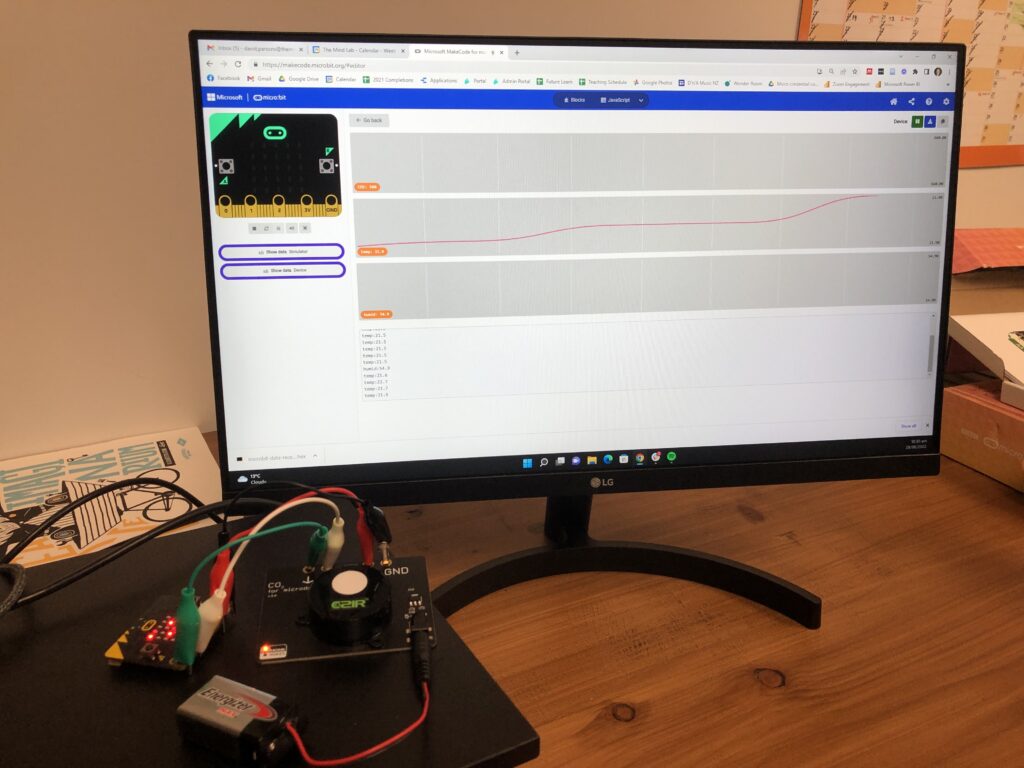
“In terms of PLD for technology in the classroom, this model also means that many teachers will be getting no support in this area if the school’s main PLD focus is elsewhere. On the other hand, there are other channels through which PLD happens, whether it is through staff who have dedicated technology roles in the school, or groups of schools coming together to create communities of learning.
“Outside formal PLD options staff have through their schools, there are many ways teachers and support staff can develop themselves professionally. One way is to attend external training course that, depending on skill and confidence level, may range from local evening classes to courses that carry qualifications. Some teachers even progress their professional development journey through to achieving a master’s degree or even a professional doctorate in education.
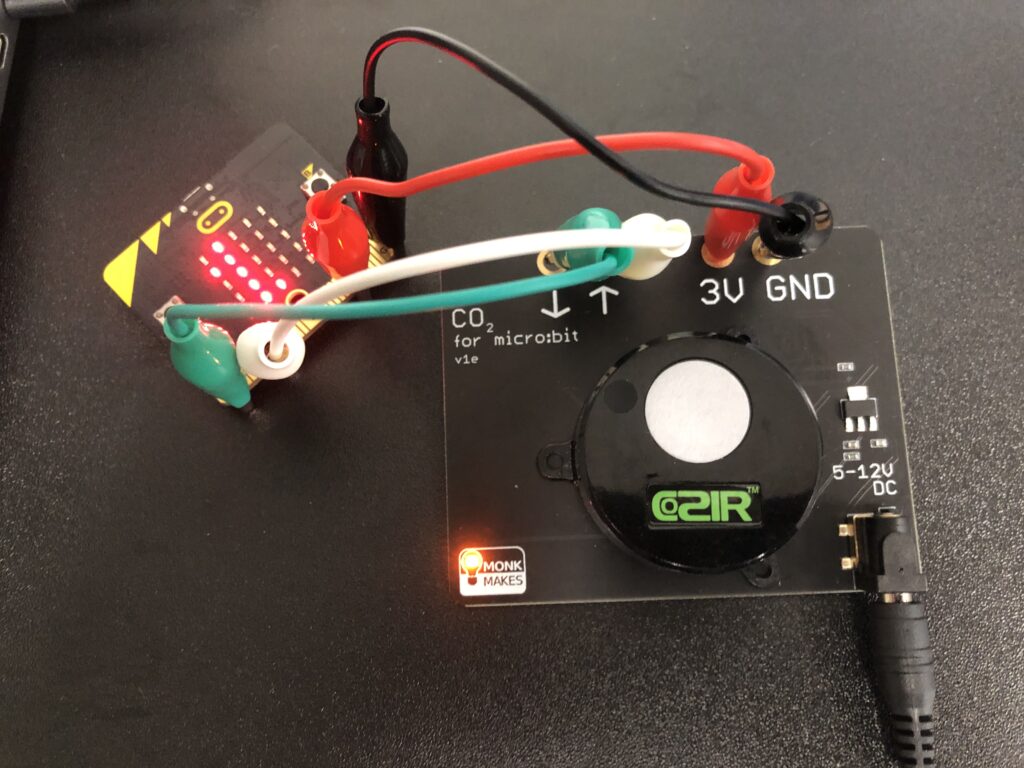
“Increasingly, courses at all levels can be studied fully online, so regardless of where they are, teachers have access to global learning platforms as well as options from local and more traditional education providers. For teachers interested in a specific technology, there are options too: for instance, they can become an Apple Teacher or complete some Google Educator certifications.
“Teachers can also manage their own learning through self-study by selecting their own learning material from a range of sources, preferably supported by working with others in a community of learning, even an informal one through Facebook groups and shared interest communities. Developing skills is always much easier if you can do it collaboratively with other learners.”


